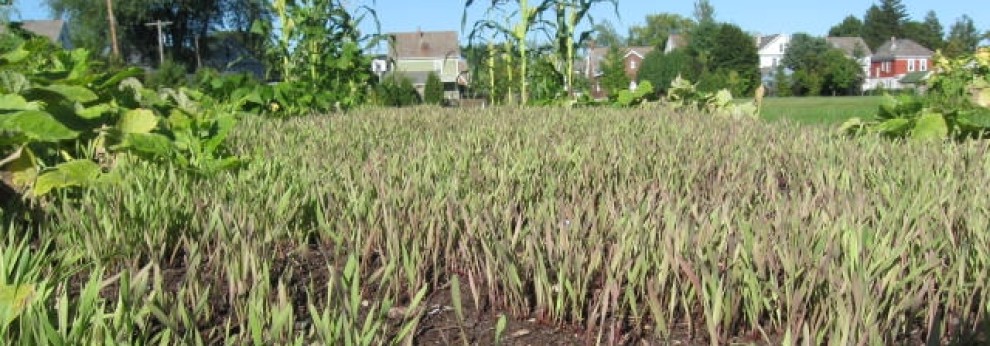 We at the Vegetable Project have been saying for some time that an outdoor classroom would be a wonderful addition at Stephen and Harriet Myers Middle School in Albany. We have also mentioned now and then that an outdoor classroom would be a wonderful addition at just about every other school. We have cited serious academic research that finds health benefits, physical and mental, in exposure to nature. We have held up research that compares how students did in traditional indoor lessons after an outdoor lesson with after indoor teaching following indoor teaching. We have noted the importance of experiential teaching and learning, which generally does not happen in
We at the Vegetable Project have been saying for some time that an outdoor classroom would be a wonderful addition at Stephen and Harriet Myers Middle School in Albany. We have also mentioned now and then that an outdoor classroom would be a wonderful addition at just about every other school. We have cited serious academic research that finds health benefits, physical and mental, in exposure to nature. We have held up research that compares how students did in traditional indoor lessons after an outdoor lesson with after indoor teaching following indoor teaching. We have noted the importance of experiential teaching and learning, which generally does not happen in  traditional indoor classrooms. We have waved around our copy of “Last Child in the Woods: Saving Our Children from Nature-Deficit Disorder” and encouraged at taking at least a bit of teaching and learning outdoors at every opportunity.
traditional indoor classrooms. We have waved around our copy of “Last Child in the Woods: Saving Our Children from Nature-Deficit Disorder” and encouraged at taking at least a bit of teaching and learning outdoors at every opportunity.
And this was before the word coronavirus became a part of our shared vocabulary. And long before the medical science community began to say that it seems safer outdoors these days, that transmission of the virus causing Covid 19 seems less likely where it can be dispersed in the wind.
We have not moved the idea forward nearly as effectively as we would have liked, mainly because it has taken us time to fully understand how critical it is to commission design professionals to help us show just what we’re talking about. And it takes quite some time for a small organization to raise funds by selling vegetable seeds and flower bulbs to pay those professionals.
But we’re going to get there. And the initiative is more important now than ever, unless perhaps we expect the current pandemic to skid to a screeching halt and know that we will never see anything like it again. This isn’t to say the Vegetable Project is conceiving a means to move all of a school’s classes outside, or any classes in inclement weather or any when cold weather sets in. A shaded sitting area that could accommodate 35 students and a nearby greenhouse big enough for another 25 students, would, however, provide enormous good. It would provide an exciting alternative, albeit with limited capacity, to online instruction and crowded classrooms with poor air circulation. It would also give educators a real living laboratory for further exploration of outdoor teaching and learning. And finally, it would make a statement to the architectural community and education policymakers about the crying need to think about managing in a world of environmental crises.
To be sure, interest in an outdoor classroom started simply with thinking about meeting needs of students, and especially students with great needs. We can implore students forever to study for the test on Friday. But supporting their whole-person healthy development is likely to be more productive. And voluminous research points to the contribution that contact with nature can make.
–Bill Stoneman



